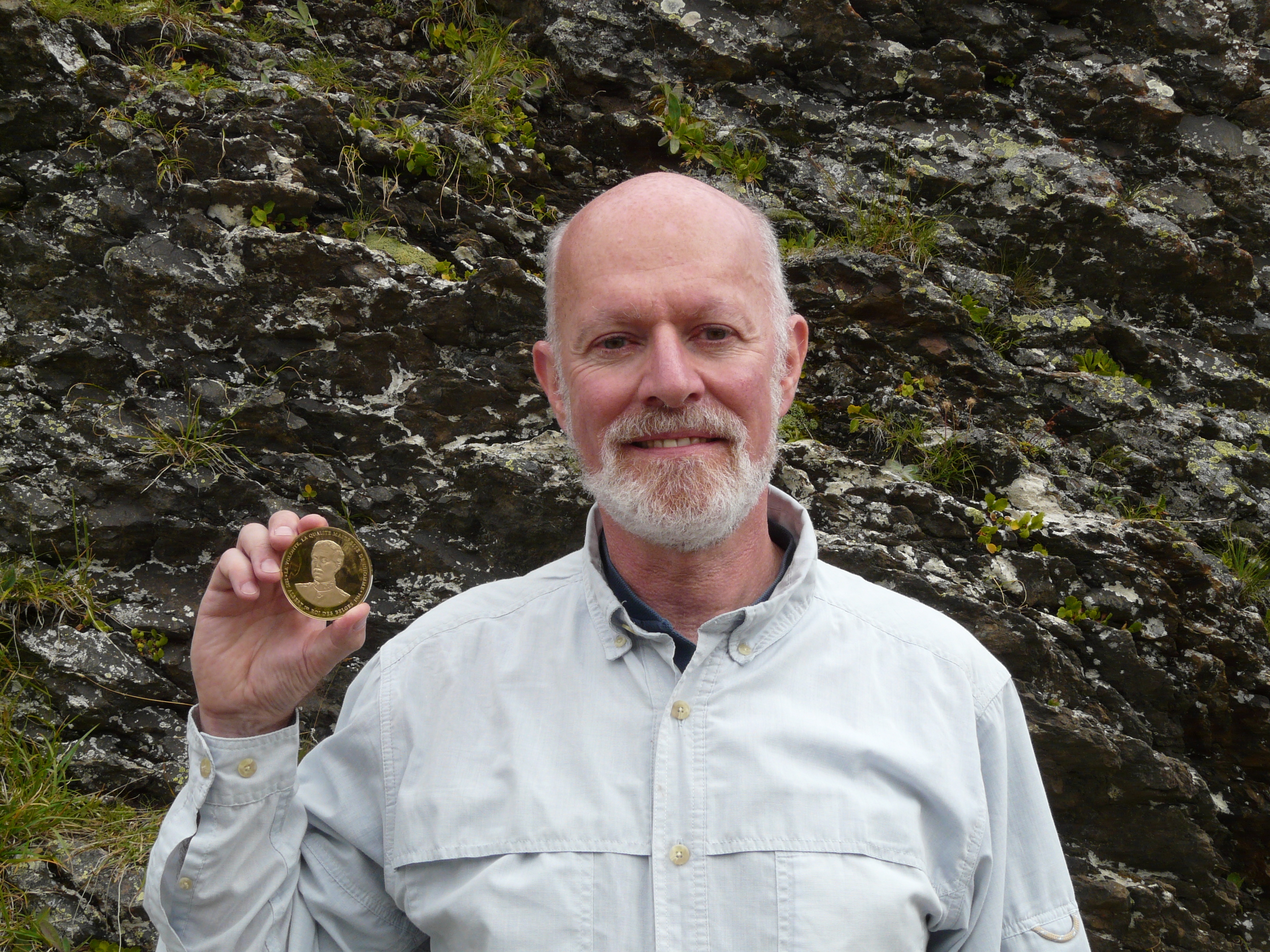
“Ben Vrackie near Pitlochry — it’s not too far from home, it has good views and there is a pub at the bottom!” he laughs.
“The other area I love is called the Sunshine Meadows in the Canadian Rockies where I did my masters research.
“It’s a spectacular mountain meadow with big mountains all around it. I spent two summers there and learned to ski there, so I know it really well.”
Martin can trace his fascination with the world’s highest places back to an early age and family holidays in Wales.
“I recall going to Snowdonia, and enjoying walking round with my parents,” he says.
“A year later, I went to the Swiss Alps. I remember standing under the blue ice of a glacier in Switzerland.
“Fifty years later, I went back to the same valley and found the same glacier had retreated more than a kilometre back up the valley.
“Melting glaciers are one of the images that really help people understand climate change because you can’t melt them overnight.”
So, when does a hill become a mountain? Is there a definition of “mountain”?
“It’s more than somewhere that’s high,” Martin explains.
“It’s a mix of height, steepness and ‘lumpiness’, or terrain roughness. About a quarter of the world’s land surface is mountainous.”
Martin says people are drawn to mountains for many different reasons.
“I think for a lot of people, it’s about getting into a wilder environment in which you can enjoy being near nature and push yourself physically,” he says. “It’s also quieter than the city!”
In a fascinating book, Mountains: A Very Short Introduction Martin explains everything from how mountains form to their importance.
“They are the sources of most of the world’s major rivers, which is important whether you live close to them or a long way away,” he adds.
“They are also critical places for biological diversity.”
Mountains: A Very Short Introduction by Martin Price, is published by OUP and priced £7.99.
READ MORE
Survivor: Ray Mears reveals his 10 lessons for a happy life
I’m not a lunatic… I just enjoy adventures, says Scots TV explorer Andy Torbet

Enjoy the convenience of having The Sunday Post delivered as a digital ePaper straight to your smartphone, tablet or computer.
Subscribe for only £5.49 a month and enjoy all the benefits of the printed paper as a digital replica.
Subscribe